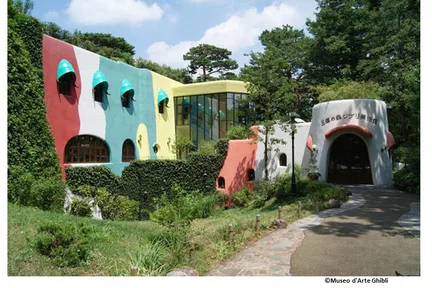Kabuki-za
The best of Kabuki-za
Bucket-list experiences
Make it a getaway
Trouble-free transport
All that's good & tasty
More to explore
Why people love Kabuki-za
Nearby places to go
FAQs about Kabuki-za
What is the best time to visit Kabuki-za in Tokyo?
How can I get to Kabuki-za in Tokyo?
What are the ticket options for Kabuki-za performances?
How can I make dining reservations at Kabuki-za?
What to know before visiting Kabuki-za
Remarkable Landmarks and Must-Visit Sights
Kabuki Performances
Step into the enchanting world of Kabuki at Kabuki-za, where the stage comes alive with vibrant costumes, dramatic storytelling, and intricate dance. Each performance is a unique blend of history and artistry, offering a captivating glimpse into Japan's rich cultural tapestry. With performances nearly every day and a fresh set of plays each month, there's always something new to experience.
Theater Tours
Uncover the secrets of Kabuki-za with our guided theater tours. These tours offer a fascinating journey through the architectural beauty and historical significance of this iconic venue. Go behind the scenes to discover the theater's intricate design and storied past, and gain exclusive insights into the captivating world of Kabuki.
Kabuki-za Tower Shops
Delve into a shopping experience like no other at the Kabuki-za Tower Shops. Located in the basement, these shops offer a delightful array of souvenirs, traditional crafts, and kabuki-themed merchandise. It's the perfect place to find a unique memento of your visit, ensuring you take a piece of this cultural treasure home with you.
Cultural and Historical Significance
Kabuki-za is a cultural landmark in Tokyo, renowned for preserving the traditional art of Kabuki. Originally opened in 1889 by Meiji era journalist Fukuchi Gen'ichirō, the theater has been a cornerstone of Japanese culture, hosting performances that date back centuries. Despite being rebuilt multiple times due to fires and earthquakes, it has preserved its traditional Japanese architectural style, reminiscent of Japanese castles and temples. Today, it stands as a testament to the resilience and enduring appeal of kabuki theater, captivating audiences with tales of Japan's past.
Architectural Marvel
The current Kabuki-za structure, completed in 2013, is an architectural marvel that combines traditional Japanese design with modern safety features. The theater's facade and interior are a testament to the elegance and grandeur of Kabuki culture. Inside, you'll find four new front curtains, or doncho, created by renowned Japanese artists in the Nihonga style, reflecting the beauty of the changing seasons. This blend of old and new makes Kabuki-za a must-visit for architecture enthusiasts and culture lovers alike.





